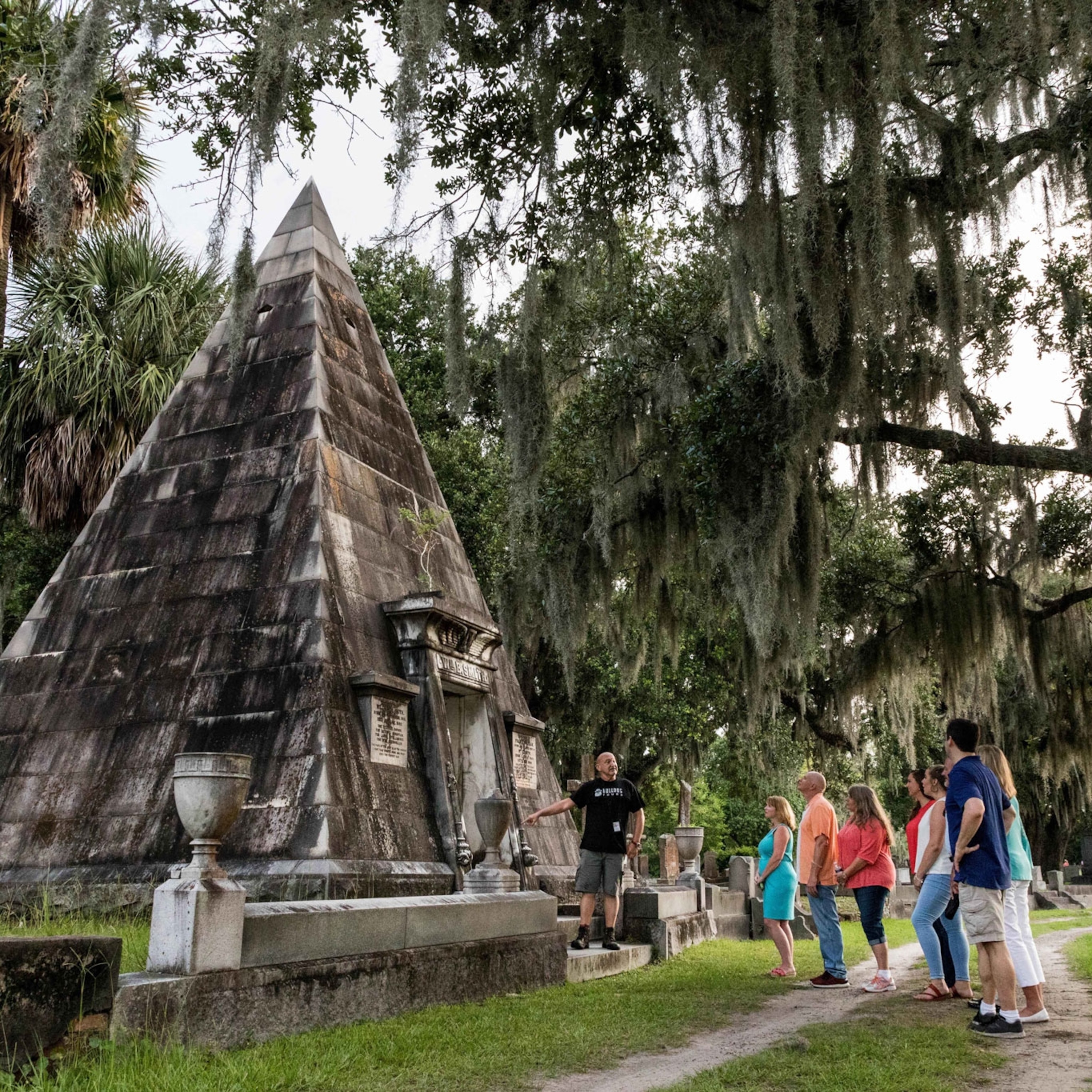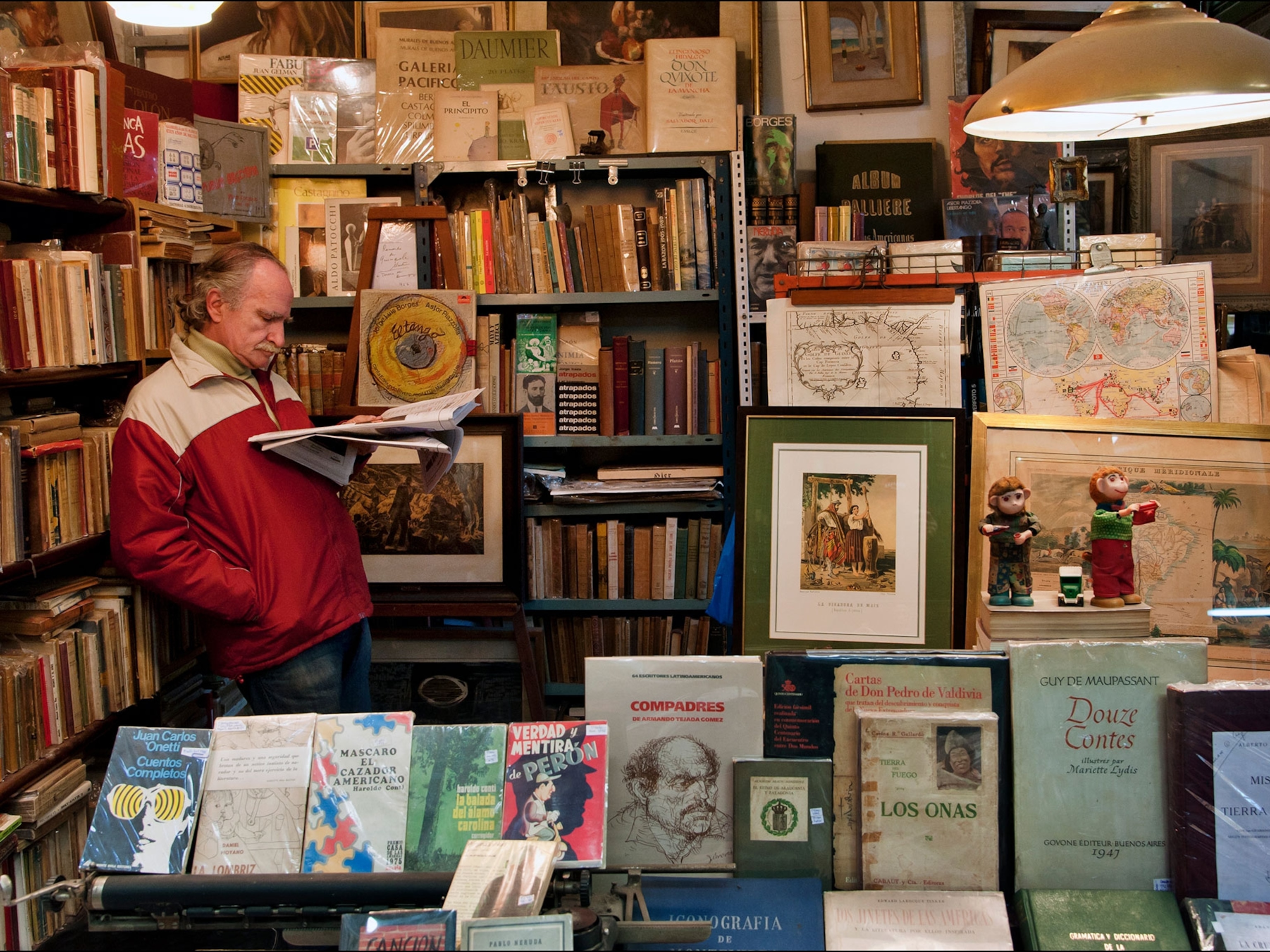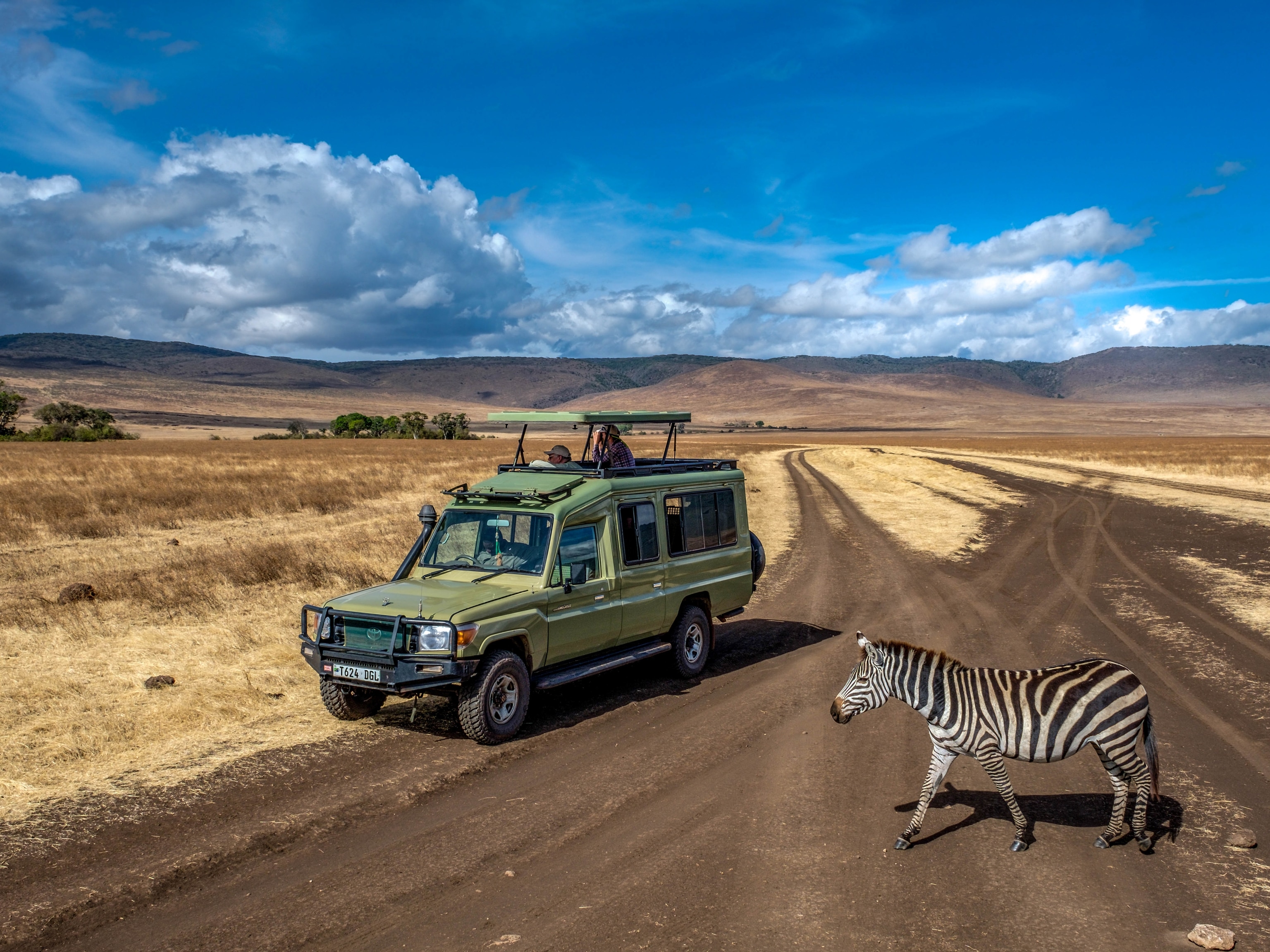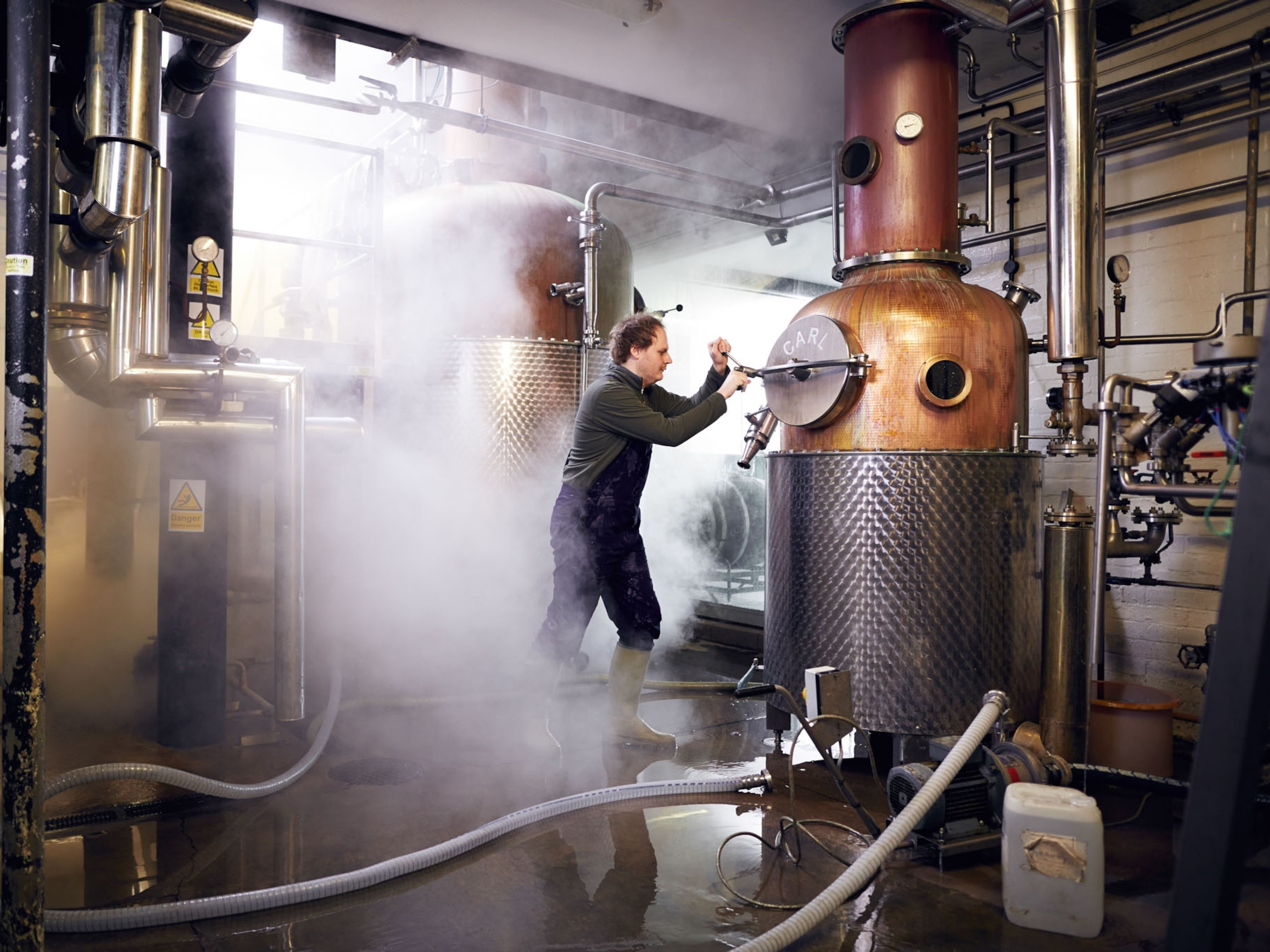
Discover the Best of Charleston
Make the most of your trip with these top ten tips for the "Holy City."
One of the United States' oldest cities, Charleston—nicknamed the Holy City for its abundance of churches—offers visitors plenty to experience and explore. Don't be overwhelmed: These are our top ten tips for making the most of your time.
See the Birds
At least 15 species of seabirds—including brown pelicans, oystercatchers, and cormorants—rely on Crab Bank in Charleston Harbor, one of just five seabird nesting sites in South Carolina. The tiny island was originally a large sand bar that was built up over the years. The result: the perfect spot for seabirds to lay their eggs, isolated from predators on the mainland. Designated the Crab Bank Seabird Sanctuary, the island is also recognized by Audubon as a globally important birding area. The best way to experience the island is to kayak there through Shem Creek, a waterway that winds through Mount Pleasant. Though you can’t go ashore during the nesting season (March 15-October 15), taking in the sights and sounds of this tranquil place from the water is a must-do. (The next best thing? A live cam of the island.)
Wander the Gardens
Color explodes year-round at Middleton Place Plantation, home of the oldest landscaped gardens in the U.S. Head here on a nice day to explore the perfectly planned (following Versailles principles) and expertly maintained gardens along the Ashley River. The gardens were first created beginning in 1741, then revitalized decades after the Civil War. There are also lakes, sweeping lawns, several buildings (including the House Museum), and acres of forest. You can also explore the Stableyards, where costumed guides explain about life, good and bad, on the slave-holding plantation, and meet the water buffalo, sheep, and other animals still kept there.
Remember History
Like all pre-Civil War cities in the South, Charleston’s history includes the ugly reality of slavery. More than 40 percent of all African slaves arrived through the port of Charleston, the busiest slave port in the country. Slaves bought locally were put to work harvesting rice on nearby plantations or as domestic help in the city; the rest were sold for transport elsewhere. You can experience a bit of this history at the Old Slave Mart on Chalmers Street, the only slave auction hall still standing in the city. West African men, women, and children were bought and sold here—after the city banned the practice on city streets in 1856—until 1863. After multiple owners and uses over the years, the site was restored in the 1990s and now houses the Old Slave Mart Museum.
Take a Day Trip
You can’t go all the way to Charleston without getting in at least one beach day. Rent a car—if there was ever a time for a convertible, this is it—and head south to Edisto Island, about 40 miles south of the city. This unspoiled gem is part of the Sea Islands, a chain of barrier islands that stretches from South Carolina down to Florida. Edisto is largely undeveloped, though there are several chill places to grab a shrimp BLT or some fish tacos. But the real draw here is the ocean, with more than four miles of pristine, rarely crowded beaches perfect for shelling or looking for shark’s teeth. Not magical enough? Just wait: In late spring and summer, huge loggerhead turtles haul themselves ashore here to lay their eggs.
Go Off the Beaten Path
Just catching a glimpse at the dark, slightly creepy facade of Charleston’s historic Old City Jail in the daylight is enough to give you the shivers—so why not go all in with a nighttime ghost tour? The building on Magazine Street is said to be Charleston’s most haunted spot, and for good reason, it seems: During the 137 years it was operational (1802-1939), the jail housed (and put to death) high-seas pirates, murderous husbands, Civil War prisoners, rebellious slaves, and career criminals—including notorious Lavinia Fisher, perhaps the first female serial killer in the States. Her ghost is one of many said to haunt the jail today, spooking believers—and some non-believers, too, we’d wager.
Get an Iconic Experience
Charleston’s considerable charm is nowhere more evident than in its Historic District, an area of beautifully preserved and restored homes from the 18th and 19th centuries. Spend a genteel hour or so seeing the sights on a carriage tour (public or private, day or evening) through 20 to 30 blocks of homes, gardens, parks, and churches. The area was the first historic district in the country protected by local legislation, and it inspired New York City’s historic preservation efforts. If you’ve got animal-loving kids (or heck, adults) in tow, you can visit the hard-working horses and mules at their in-town stables.
Have a Late Night
Charlestonians know how to have a good time—even during Prohibition, when rum runners and bootleggers simply stepped up their game. Today it’s evident in the lively late-night crowds wandering from bar to bar along King Street. They also take their bourbon seriously (just ask the Charleston Brown Water Society). Try the “brown water” at the atmospheric Bar at Husk, the swanky Cocktail Club, or laid-back Mash. Other Charleston favorites are the cool Living Room at the Dewberry Hotel, jazzy Prohibition, kitschy Voodoo Tiki Bar and Lounge, and the self-explanatory Gin Joint (don’t ask for vodka here; seriously, there isn’t any).
- National Geographic Expeditions
Visit a Historic Site
The Civil War began on April 12, 1861, when shots were fired at Fort Sumter in Charleston Harbor. The Union army lost possession of the fort the next day, and the Confederacy held it until 1865. Today it is the Fort Sumter National Monument, open to visitors 362 days a year. Take a tour boat over to the fort from the Visitor Education Center at Liberty Square. Rangers offer programs on the ferries and at the site, on topics ranging from that first Civil War battle and life on an artillery crew to firing demonstrations and the flags of Fort Sumter. Back aboard the ferry, ask rangers about the bottlenose dolphins that swim in the harbor.
Learn a Local Quirk
The historic homes that pepper Charleston have personalities all their own. Several of the finest have been turned into museums and are well worth a visit. The Federal-style Nathaniel Russell House, built in 1808, was the townhome of a wealthy shipping merchant. Considered one of the most important neoclassical buildings in the country, the restored home now serves as a museum of Charleston’s “merchant elite.” The antebellum Aiken-Rhett House, built circa 1820, was once the home of Gov. William Aiken. The estate includes its original outbuildings, including slave quarters. The youngest of the bunch, Calhoun Mansion, is the city’s most celebrated home, a Gilded Age gem built in 1870, featuring 35 rooms, ornate decorative ceilings, Tiffany lighting, and elaborate gardens.
Meet the Locals
Don’t miss the opportunity to immerse yourself in the unique culture of the Gullah (or Geechee), descendants of the West Africans brought to Charleston on slave ships from roughly 1700 to 1865. Join a Gullah tour for a look at the city’s important Gullah sites and a taste of Gullah culture and its distinctive creole language. Stops include the Old Slave Mart, Cabbage Row (also known as Catfish Row), and the home of Denmark Vesey, a carpenter and former slave executed for planning a slave revolt. After your tour, check out the Charleston Museum, which features Gullah exhibits and other African-American heritage collections.





































